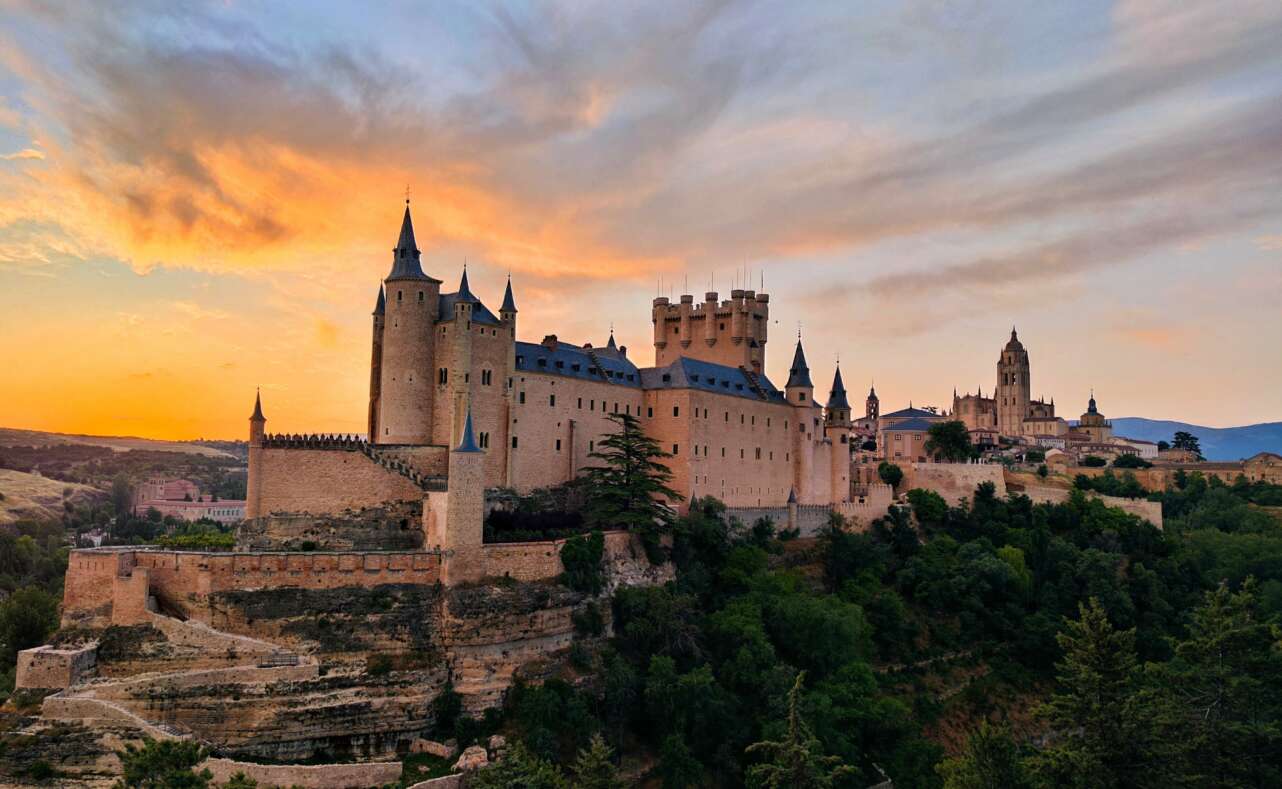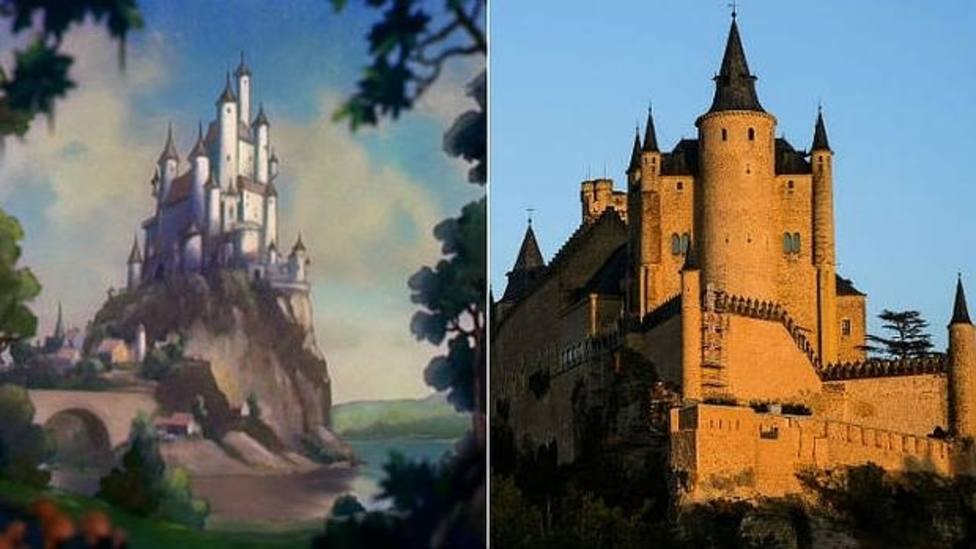
The Alcazar de Segovia, a magnificent castle nestled atop the confluence of two rivers in the heart of Spain, is an architectural wonder that gracefully transports visitors back in time. Rich with history and boasting a plethora of intriguing features, this captivating destination has stood the test of time. This post will delve into the fascinating story of the Alcazar de Segovia, exploring the reasons behind its construction, chronicling its evolution, and shedding light on the diverse roles it has played over the centuries.
The strategic position of the Alcazar de Segovia, resting on a rocky crag with steep edges on three sides, offered natural protection and ensured easy defence – a key consideration for its construction. It was primarily built as a fortress, serving as an essential element of the region's defence network during its establishment under the Christian Reconquista.
The Evolution of the Alcazar
The Alcazar de Segovia's origins can be traced back to the early 12th century when the ruins of an ancient Roman fort were used to build the first iteration of the Alcazar under King Alfonso VI of León-Castile.
The Reign of Alfonso VIII (1158-1214)
Under the reign of King Alfonso VIII, significant expansions were made to the castle, marking an era of transformation. Not only did the Alcazar become an essential military stronghold, but it also began to take on the appearance of a regal palace.
The Reign of John II (1405-1454)
The Alcazar saw another architectural overhaul during the reign of King John II with the introduction of a robust design characterized by a multitude of Gothic-style elements. As a result, the Alcazar de Segovia earned a reputation as one of the most striking castles in Europe.
The Reign of Philip II (1527-1598)
King Philip II added remarkable enhancements to the Alcazar during his reign, including a wooden gallery in the courtyard, the construction of two large towers, and a grand staircase. The new additions boasted Renaissance-style architecture with intricate Italianate detail, further elevating the Alcazar's elegance.
Roles of the Alcazar de Segovia
Over the centuries, the Alcazar de Segovia has played various roles, demonstrating its versatility and importance:
-
Royal Residence: While initially built as a fortress, the Alcazar de Segovia soon became a favourite residence for Spanish monarchs, hosting several lavish royal events, including the wedding of King Philip II and Princess Anne of Austria.
-
Military Academy: In 1764, the castle was converted into a military academy, symbolizing the respect it commanded as a symbol of military might.
-
State Prison: Throughout its existence, the Alcazar housed a state prison, instilling fear in the hearts of criminals and making it an indomitable symbol of power.
-
Museum and Cultural Landmark: In 1953, the castle was declared a historical-artistic monument, paving the way for it to assume its current role as a museum and cultural landmark.
Interesting Facts about the Alcazar de Segovia
-
Architectural Styles: The Alcazar de Segovia displays a unique blend of architectural styles including Romanesque, Gothic, and Renaissance, reflecting the evolving tastes of Spanish royalty.
-
Inspiration for Disney: Reportedly, Walt Disney found inspiration in the Alcazar de Segovia's fairy tale appearance while designing the iconic Cinderella Castle.

-
Fire of 1862: A devastating fire consumed much of the Alcazar de Segovia in 1862, prompting extensive restoration efforts to restore its former magnificence. Fortunately, many of the priceless artefacts and artwork had already been moved to the Royal Palace of Madrid and were saved from damage.
The Alcazar de Segovia's rich history truly brings the castle to life for every visitor. The reasons for its construction, its architectural transformations, and the various roles it has played culminate in a narrative that is nothing short of fascinating
https://www.terranostrum.es/turismo/alcazar-de-segovia